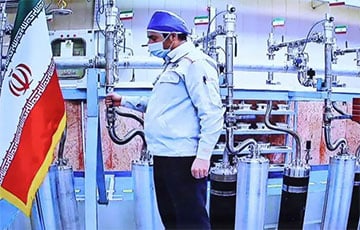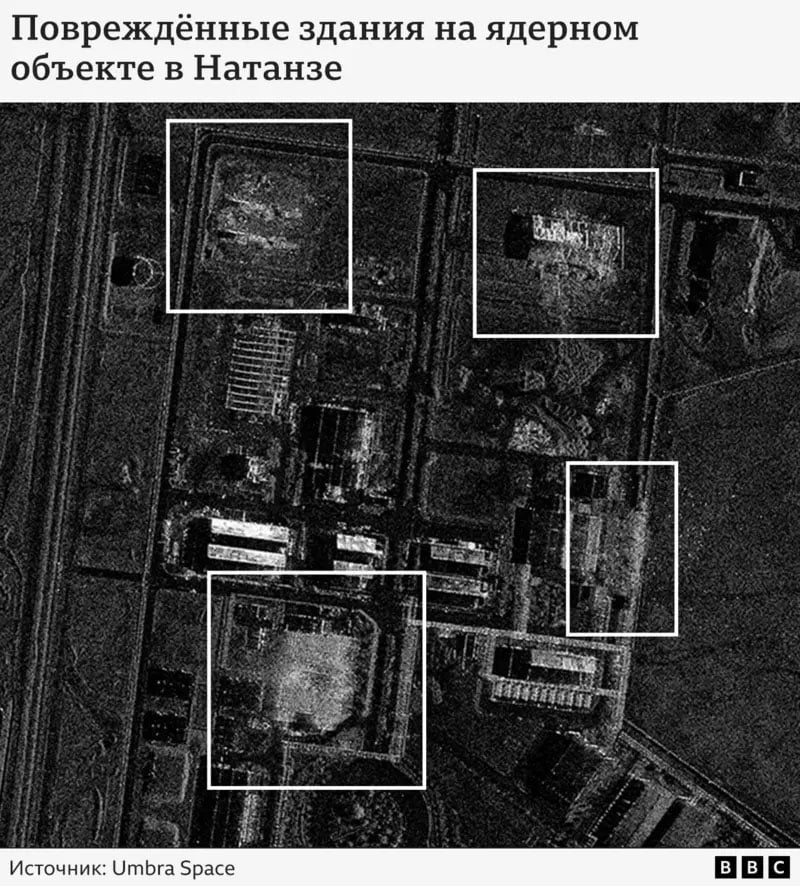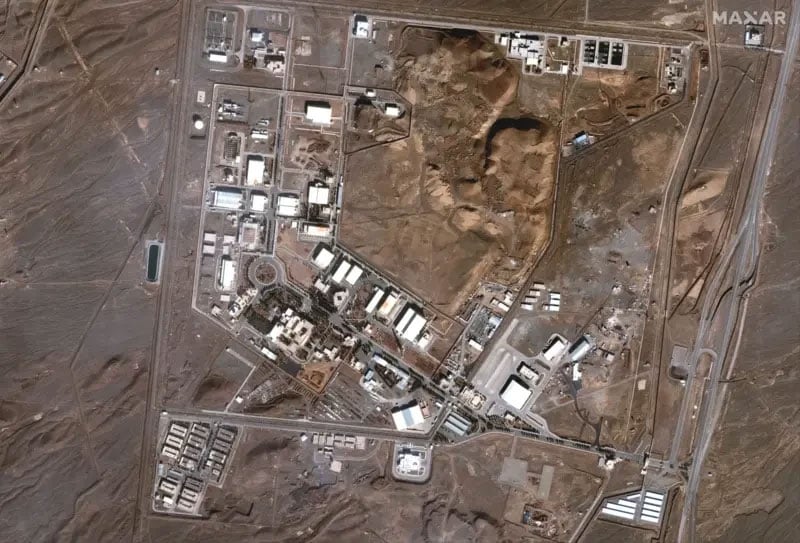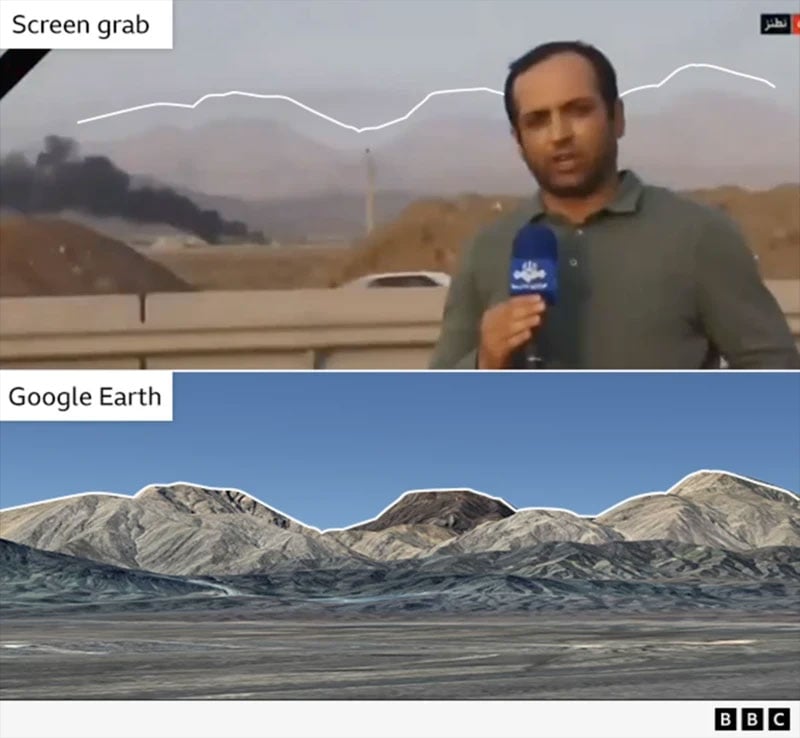Israeli Strike On Iran's Nuclear Center: Satellite Images Have Emerged
- 13.06.2025, 22:56
- 10,230

Journalists have documented serious damage.
The BBC data verification unit BBC Verify has managed to confirm that Israel's strikes have damaged Iran's nuclear center in the city of Natanz. We tell you how much damage was done, what Iran was using the facility for and what its nuclear program is.
The strike on the uranium enrichment center in Natanz was part of the massive bombardment of Iran that the Israeli military continues to carry out.
The strikes killed at least three Iranian military commanders as well as at least six scientists involved in Iran's nuclear program.
Israeli officials said air defense systems and what Israeli Prime Minister Binyamin Netanyahu called "components of the ballistic missile program" were also hit.
How the BBC verified the strikes on the Natanz center

The destruction at the Natanz nuclear center is clearly visible in satellite images taken by U.S.-based Umbra Space using synthetic aperture radar (SAR) technology.
This method produces high-resolution black-and-white images of the earth's surface regardless of weather conditions; that is, unlike conventional satellite images, objects are visible even if they are obscured by clouds.
One part of the Natanz nuclear facility clearly shows damage to at least four buildings - they are marked in the image above. BBC Verify is seeking expert comment on what the sites may have been used for.

It is clear from the images, however, that the Israeli strikes were highly accurate. The buildings next to the affected facilities remained intact - or suffered minor damage.
For comparison, a satellite image of the same Natanz facility taken by Maxar in January of this year.
Another indication that it was the Natanz center that was hit comes from Iranian state television. In one report, a journalist stood in front of an industrial facility and a column of black smoke could be seen behind him.
BBC Verify journalists compared the footage with an image of the same location from Google Earth, which provides a 3D image of the area that takes topographical features into account.
This revealed that the Iranian TV journalist was standing on a road immediately north of the Natanz nuclear center, and that smoke was rising above the site.

What is known about the extent of the damage?
The Israeli military said the Natanz center had been severely damaged. According to Israel Defense Forces (IDF) spokesman Brigadier General Efi Defrin, the "facility was used by the Islamic Revolutionary Guard Corps to advance its military nuclear program."
"For years, representatives of the Iranian regime have been trying to obtain nuclear weapons at this facility," Reuters quoted Defrin as saying. He said the struck facility "has the necessary infrastructure to enrich uranium to a level suitable for military purposes."
According to an IDF statement, the strike damaged the underground part of the facility as well as critical infrastructure that ensures its continued operation.
Iranian officials did not elaborate on the extent of the damage, but confirmed that the Natanz center was hit. Iran's Atomic Energy Organization says most of the damage from Israeli airstrikes on the underground uranium enrichment facility at Natanz occurred on the ground surface.
The International Atomic Energy Agency (IAEA) confirmed the strike on Natanz. The agency's director general Rafael Grossi said that outside the Iranian nuclear center, where uranium enrichment work was underway, radiation levels "remain unchanged" after the Israeli strikes, the organization's X account reported.
At the same time, Grossi said that radiation levels at the site itself may have risen. "The type of radioactive contamination that is present inside the facility, mainly alpha particles, can be controlled with appropriate protective measures," Grossi wrote in X.
Authoritative think tank Janes reports on its website that "the strikes on Natanz, in particular the uranium enrichment plant, caused significant damage to Iran's enrichment capabilities and capacity."
"While the risk of radiation leakage remains low at the time of publication (as confirmed by the IAEA), there is a risk of chemical contamination associated with the uranium fluoride used at the facility," Janes writes. - Access to the site is very likely to be difficult in the near future."











